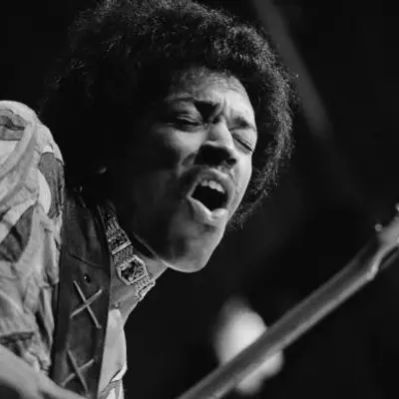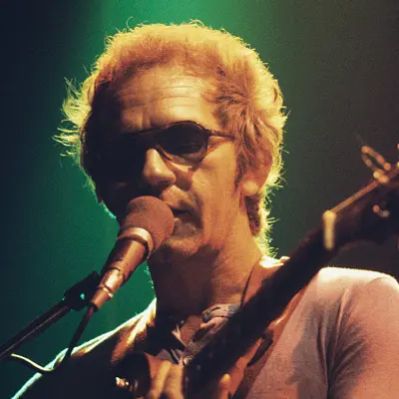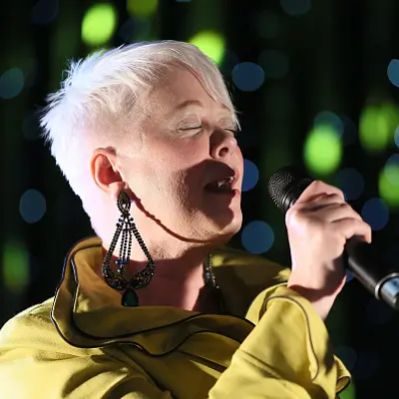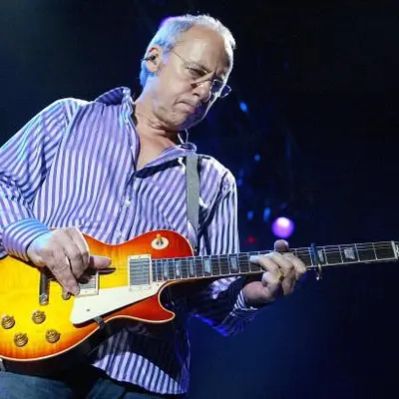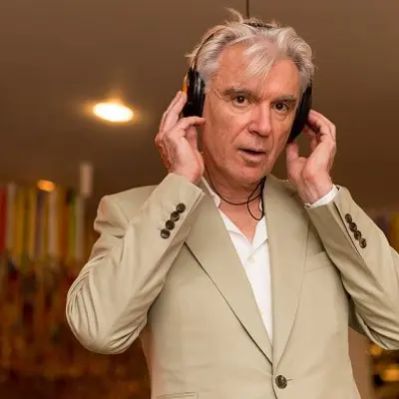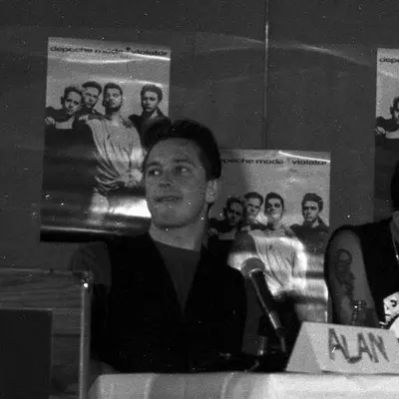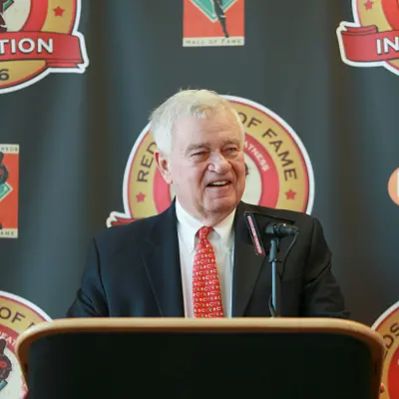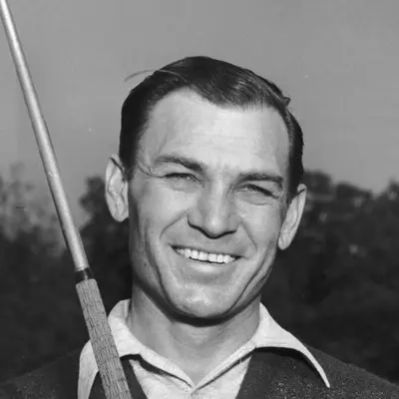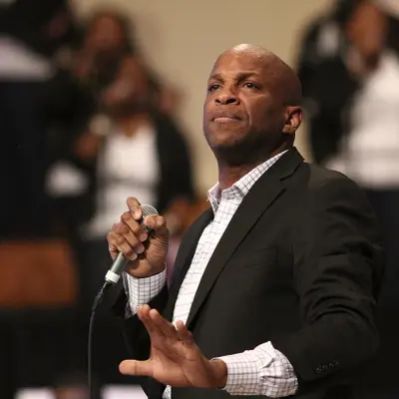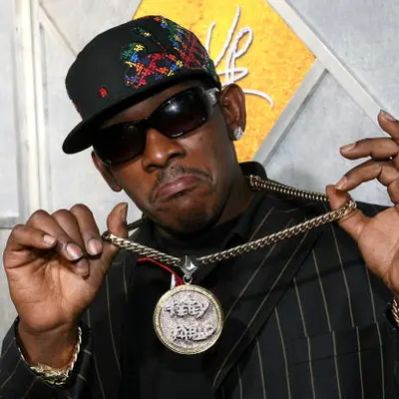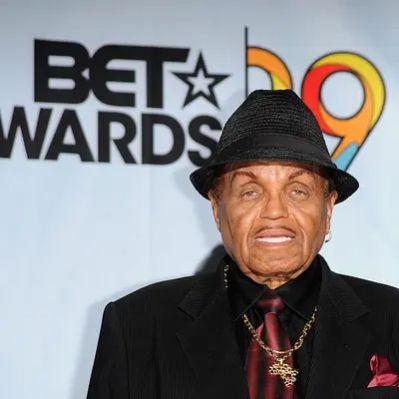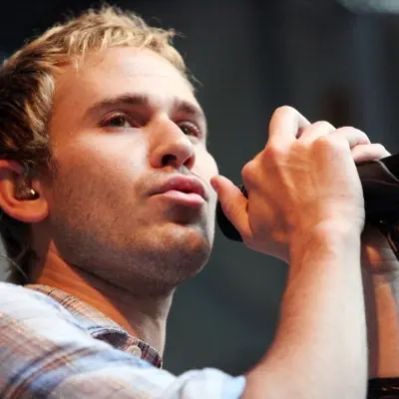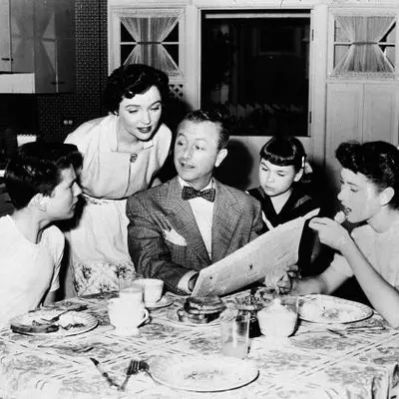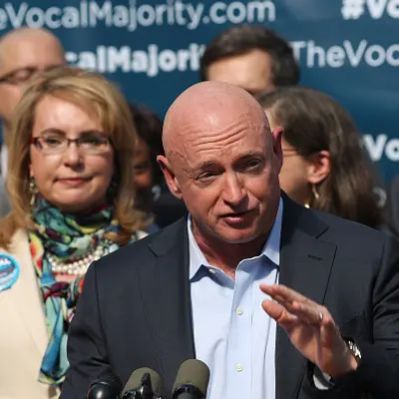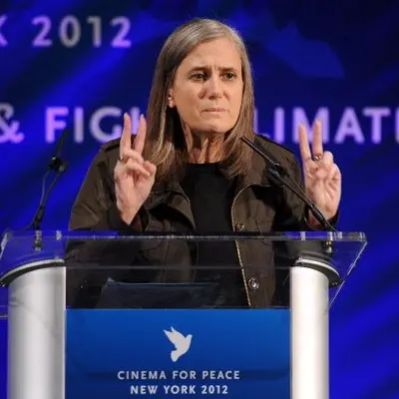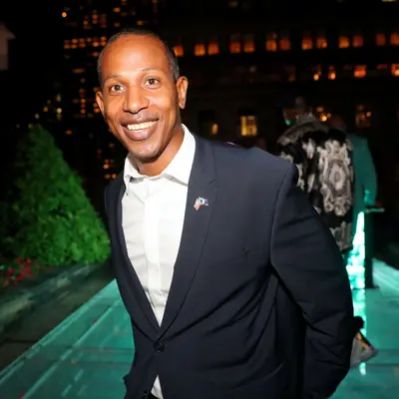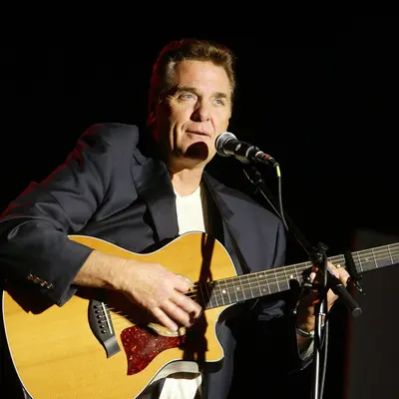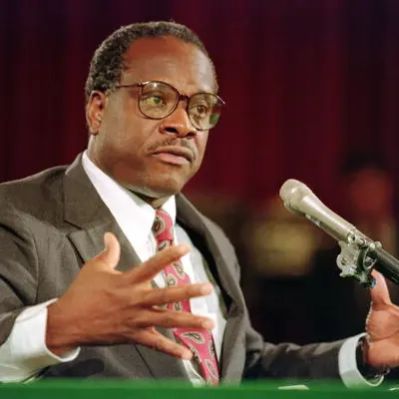What Was Jimi Hendrix’s Net Worth?
At the time of his untimely death in 1970 at the age of 27, Jimi Hendrix’s net worth was estimated to be a modest $20,000. Adjusted for inflation, this is equivalent to approximately $150,000 in today’s money. This figure, while seemingly low for an artist of his stature, reflects the financial realities of the music industry at the time and the complexities surrounding his estate.
The Jimi Hendrix Estate and Its Evolution
Jimi Hendrix famously died without a will, which meant his entire estate was inherited by his father, Al Hendrix. From 1970 to 1974, the estate provided Al with a modest income. However, a family lawyer, who Al initially trusted, convinced him to sell all assets related to Jimi for a relatively small (undisclosed) amount. This decision would later lead to legal battles. Al sued the lawyer, citing conflicts of interest, as the lawyer also held an interest in the company to which Al was persuaded to sell the assets in 1974. This legal action was aimed at regaining control of Jimi’s estate.
By 1994, the value of the Jimi Hendrix estate had grown substantially to an estimated $80 million. This increase was due to the continued sales of his music, licensing agreements, and the growing recognition of his enduring legacy. Today, the Jimi Hendrix estate is estimated to be worth $175 million. This impressive figure reflects the ongoing demand for his music, the careful management of his intellectual property, and the enduring appeal of his artistry to new generations of fans.
Early Life and Career Beginnings
Jimi Hendrix, born Johnny Allen Hendrix on November 27, 1942, in Seattle, Washington, was the first of five children born to Lucille and Al Hendrix. His ancestry included Cherokee, African-American, and Irish roots. During his early childhood, his father was stationed in Alabama with the US Army. Al was even placed in a stockade to prevent him from going AWOL to see his son.
Upon returning from military service, Al faced challenges in finding steady employment, leading to financial hardship for the family. Both parents struggled with alcohol, which often resulted in violence. Jimi and his brother Leon spent time in foster care, while his three other siblings, Joseph, Kathy, and Pamela, were placed in foster care and adoption by their parents. After his parents divorced when he was nine, Hendrix was taken into custody by his father.
Jimi attended Washington Junior High School and later Garfield High School in Seattle. In 1958, at the age of 15, he acquired his first acoustic guitar and began dedicating hours each day to practicing. This marked the beginning of his journey towards becoming one of the most influential guitarists in history. He subsequently formed his first band, the Velvetones, and later joined the Rocking Kings, gaining early experience performing in local venues.
Military Service
Hendrix faced a choice between imprisonment and military service after being caught riding in stolen cars on multiple occasions. He chose to enlist in the US Army in 1961 and was assigned to the 101st Airborne Division. However, his military career was short-lived. Due to his poor personal conduct, which included neglecting his duties in favor of playing his guitar, Hendrix was discharged in 1962. While specific details of his earnings during his military service are not publicly available, it is unlikely that he accumulated any significant wealth during this period.
First Performances and Recordings
Following his discharge from the Army, Hendrix moved to Clarksville, Tennessee, with fellow discharged serviceman Billy Cox. They formed the band the King Kasuals. Initially playing low-paying gigs, they eventually progressed to Nashville’s Jefferson Street, where they secured a brief residency at a popular local venue. These early performances provided Hendrix with invaluable experience and exposure, but the financial rewards were modest at best.
Subsequently, Jimi earned a living performing on the chitlin’ circuit, a network of performance venues throughout the Southern and Eastern United States that catered to African American audiences during the segregation era. He also worked as a backing musician for major artists such as Sam Cooke, Jackie Wilson, and Ike & Tina Turner. These experiences allowed him to hone his skills and gain further experience in the music industry, but his earnings remained relatively low.
In 1964, Hendrix played the Harlem club circuit and sat in with numerous backing bands, including one for the Isley Brothers. With the Isley Brothers, Hendrix recorded the two-part single “Testify.” After leaving the band, he joined Little Richard’s touring band, the Upsetters. While these opportunities provided him with some income, they did not significantly contribute to his overall net worth.
In 1965, Jimi signed his first recording contract and joined the R&B band Curtis Knight and the Squires, with which he recorded the single “How Would You Feel.” However, feeling constrained as an R&B sideman, Hendrix moved to Greenwich Village in 1966. There, he formed the band Jimmy James and the Blue Flames. During this period, Hendrix’s income was primarily derived from live performances and small recording contracts, which were not substantial enough to significantly increase his net worth.
The Jimi Hendrix Experience
In September 1966, Hendrix was brought to London by former Animals musician Chas Chandler, who was interested in managing and producing artists. Chandler subsequently formed the Jimi Hendrix Experience, which included Jimi, guitarist Noel Redding, and drummer Mitch Mitchell. This marked a turning point in Hendrix’s career and financial prospects.
Within a matter of months, the band had three UK top 10 hits with the tracks “Hey Joe,” “Purple Haze,” and “The Wind Cries Mary.” The Jimi Hendrix Experience then released the 1967 album “Are You Experienced,” which spent 33 weeks on the UK charts and peaked at #5 on the “Billboard” 200 in the US. While specific financial details of these early successes are not publicly available, it is clear that the Jimi Hendrix Experience quickly became a popular and commercially successful act.
Monterey Pop and US Fame
Although the Jimi Hendrix Experience was popular in Europe, the band had not yet reached the same level of fame in the United States. This changed in June 1967 when the group performed at the Monterey Pop Festival in California. Memorably, the Experience ended the set with Hendrix destroying his guitar and lighting it on fire, creating one of the most iconic images in rock history. This performance catapulted Hendrix and the Experience to stardom in the US.
The Experience went on to release the album “Axis: Bold as Love,” which made it to #5 in the UK and #3 in the US. This was followed by “Electric Ladyland,” the band’s final album; it was Hendrix’s most commercially successful album, reaching #1 in the US. While precise figures for album sales and royalties are not readily available, these successes undoubtedly contributed significantly to Hendrix’s income during this period.
By 1969, Jimi had become the highest-paid rock musician in the world. He headlined the Woodstock Music and Art Fair in New York. There, his guitar-driven rendition of “The Star-Spangled Banner” became one of rock’s most famous performances. Despite his high earnings, Hendrix’s extravagant lifestyle and financial management issues limited the accumulation of substantial wealth. It is estimated that his income from concerts, album sales, and royalties in 1969 was in the hundreds of thousands of dollars.
Relationships
As a young adult, Jimi dated Betty Jean Morgan. Later, when he moved into Harlem’s Hotel Theresa in 1964, he met his girlfriend Lithofayne Pridgon, who provided him with shelter and support. In the late ’60s, he dated Kathy Etchingham and Carmen Borrero, the latter of whom he assaulted in a domestic violence incident. Hendrix’s last girlfriend was Monika Dannemann, who was with him when he passed.
Substance Abuse and Death
Hendrix’s fame in the late ’60s was accompanied by excessive drug use. The artist was a regular user of marijuana, LSD, and amphetamines, especially when he was on tour. He also mixed the drugs with alcohol, frequently becoming aggressive and violent against people he was with. These habits undoubtedly contributed to his financial instability and ultimately led to his tragic death.
On September 18, 1970, Monika Dannemann woke up to a breathing but unconscious Hendrix. After he was transported to St Mary Abbot’s Hospital, Jimi was pronounced dead. A post-mortem examination revealed that he had died of accidental asphyxia while intoxicated with barbiturates and an overdose of sleeping pills. The circumstances surrounding his death further complicated the management of his estate and delayed the realization of its true value.
Honors
Throughout both his career and after his death, Hendrix garnered numerous music accolades. In 1968, “Billboard” named him the Artist of the Year, while “Rolling Stone” called him the Performer of the Year. The Jimi Hendrix Experience was inducted into the Rock and Roll Hall of Fame in 1992, and during the late 1990s and early 2000s, many posthumous Hall of Fame Grammy Awards were given to Hendrix’s music. Additionally, “Rolling Stone” ranked Hendrix as the greatest guitarist and the sixth greatest artist of all time. These accolades have contributed to the enduring appeal of his music and the continued growth of his estate’s value.
 Net Worth Ranker
Net Worth Ranker
